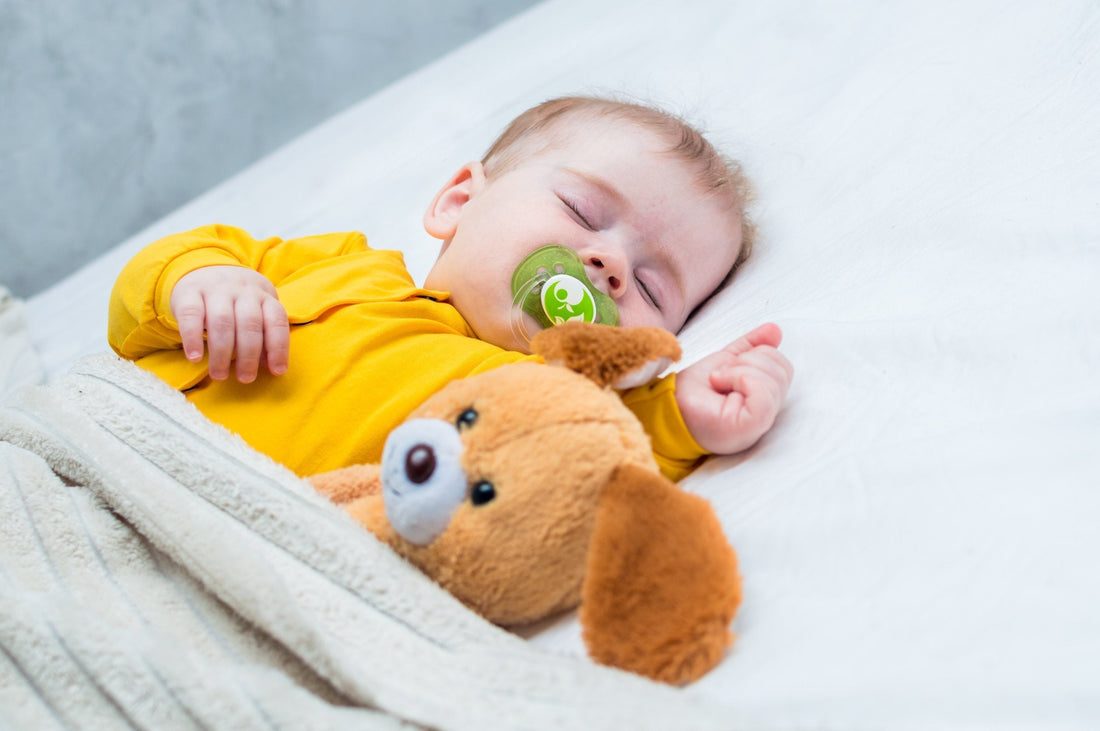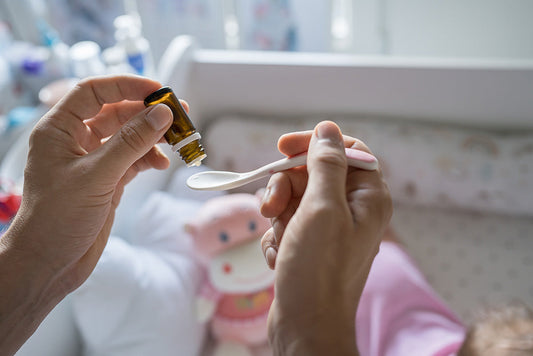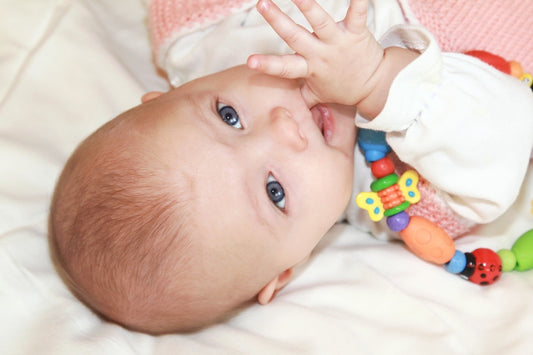How To Get Rid of the Pacifier
| updated:Share

Despite suckling being a very real and natural inclination that begins as early as 14 weeks gestational age (meaning, when your child was still an embryo), pacifier use remains a highly controversial parenting subject. As such, you may have a voice in your head that tells you it’s time for you to take away the binky, even though you know your child needs and loves it. Well-meaning friends and loved ones may also encourage you to nix the habit sooner rather than later. Whatever your reasons are for wanting to take away the pacifier, it’s important that you understand the best age at which to do so and how you can break the habit in the least traumatic way possible.
Best Time To Take Away a Pacifier
In addition to satisfying your child’s natural sucking tendency, pacifiers serve one key purpose, and that is to reduce the risk of sudden infant death syndrome. For this reason, the American Academy of Pediatrics recommends pacifier use up to a certain age. To what age, though, is the question.
Per the AAP’s recommendation, it is acceptable for children between two and four to continue to use a pacifier. However, the American Academy of Pediatrics recommends breaking the habit by the age of three. For every year pacifier use continues beyond three, your child’s risk of developing dental malocclusions increases.
Per the AAP, the easiest time to wean the pacifier is between six to seven months of age. If you start weaning around this time, you can easily break the habit within a week.

Tips for Weaning Pacifier Use
How you wean your child off a pacifier will depend largely on the age at which you begin the process. However, general tips that can help ease the process are as follows:
- Pay attention to your child’s sucking habits. Does he or she suckle for real comfort, or has it simply become a habit?
- Try to limit pacifier use to times of real need, such as during nap time or times of distress.
- Attempt to replace the pacifier with something new, such as a comfort blanket or stuffed animal.
Above all, recognize that weaning your child of the pacifier will take time and patience, and likely involve a few tears.
Slow and Steady Approach
If you begin the weaning process early on, you can take the slow and steady approach, which is often easier on you and the baby. Through this process, you can eliminate use over weeks or months. Start by eliminating pacifier use in non-stressful situations and environments. For instance, if your child is always happy at Grandma’s, leave the binky at home. Only allow the pacifier during naptime, bedtime, car rides, and daycare transitions.
If your child is old enough, discuss with him or her the idea of getting rid of the binky. Offer choices, such as, “You may use your pacifier, but only in your room.” Finally, offer incentives for each day he or she goes without needing it.

Cutting Pacifier Use Cold Turkey
If the cold turkey route is more your speed, set a date for when all the pacifiers in the house will disappear. Discuss the impending date with your toddler and what it means. When that date arrives, remove all the pacifiers from your home. Depending on your child’s level of attachment to the binky, prepare for two to four days of crying.
Though the cold turkey approach comes with far more tears than traditional weaning, you can ease the process by reminding your child that he or she no longer needs a binky because of how big he or she is getting. You can also offer positive reinforcement and rewards.
Regardless of how you choose to do so, taking the pacifier away from your baby or toddler is unlikely to prove easy. If you’re looking for a fun and healthy replacement to help ease the transition, consider an organic multi-vitamin gummy.
4.4 /
5.0
(17)
17
total reviews
Children’s Multivitamin Gummy
Sale price
$21.99
Sources:
Healthline: https://www.healthline.com/health/baby/pacifier-weaning#timeline
Happiest Baby: https://www.happiestbaby.com/blogs/toddler/when-to-stop-pacifier-use



